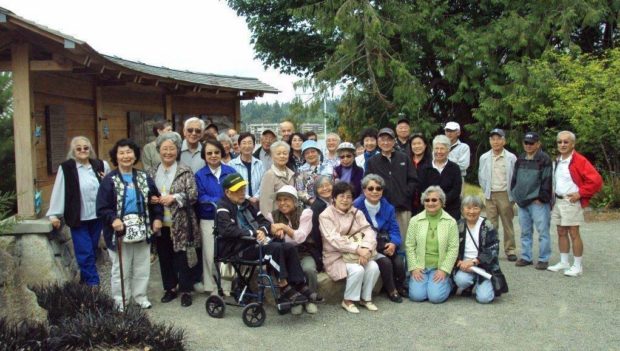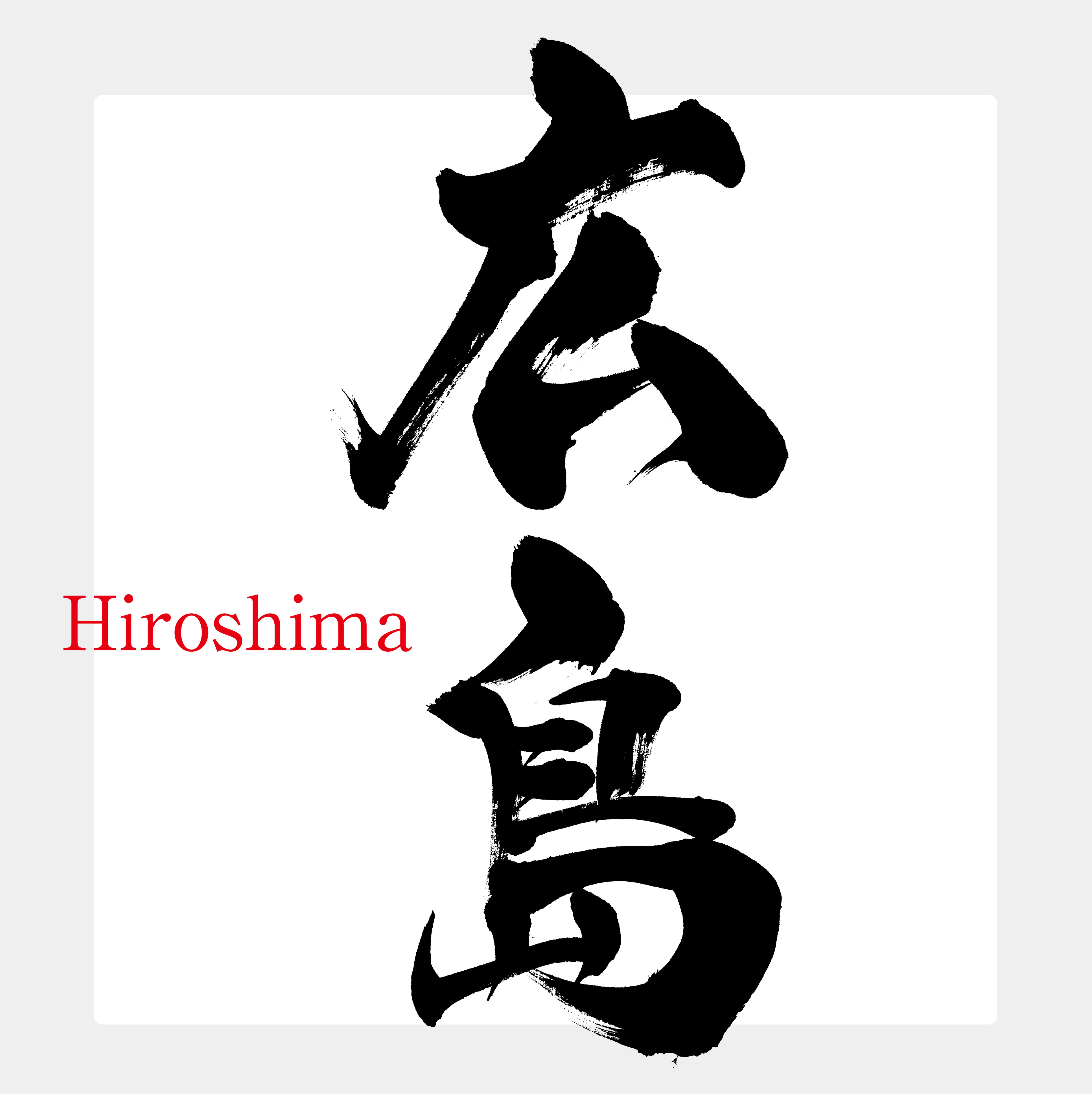
Heritage. Education. Community.
Objective of the Seattle Hiroshima Club: Educate and communicate with the public regarding Hiroshima Heritage through community and social engagement.
Founded in October 1900 by Issei (Japanese immigrants) from the Hiroshima prefecture, the Seattle Hiroshima Club was formed to foster a sense of community for immigrants in a new land by sponsoring social events, providing informal networks, and promoting business patronage.
Over 110 years later, the club’s proud history and traditions are kept alive in the greater Seattle, Washington area through engagement with the community and maintaining cultural ties with Hiroshima Prefecture in Japan.
We aim to foster friendships among our multigenerational membership, promote the welfare of the Japanese American community, and promote relationships between Hiroshima Prefecture in Japan and the greater Seattle area.

Hiroshima Prefecture (広島県, Hiroshima-ken) is a prefecture of Japan located in the Chūgoku region of Honshu.[1]
Hiroshima Prefecture has a population of 2,811,410 (1 June 2019) and has a geographic area of 8,479 km² (3,274 sq mi).
Hiroshima Prefecture borders Okayama Prefecture to the east, Tottori Prefecture to the northeast, Shimane Prefecture to the north, and Yamaguchi Prefecture to the southwest.
visibility_offDisable flashes
titleMark headings
settingsBackground Color
zoom_outZoom out
zoom_inZoom in
remove_circle_outlineDecrease font
add_circle_outlineIncrease font
spellcheckReadable font
brightness_highBright contrast
brightness_lowDark contrast
format_underlinedUnderline links
font_downloadMark links
Reset all optionscached